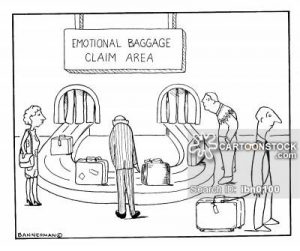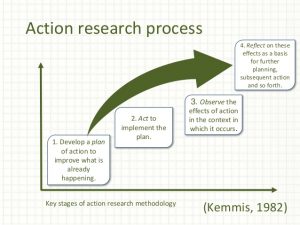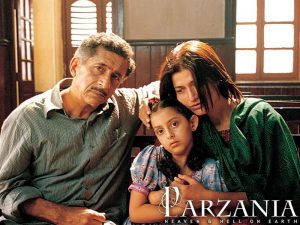Last week my team received the challenge question from Partners Global. The question is “How can PartmersGlobal best address disability rights, and include voices of the disabled, in reconciliation and rebuilding programs in Iraq?” I am glad I chose this project because it is challenging and because I am interested in every aspect of the question. This project will help to expand my knowledge of Iraq socially and politically. Even though the Middle East is my region of interest, it is exciting to focus on one country and be culturally specific instead of thinking in a generalized way.
It is interesting how your knowledge of topics and issues, old and new, can connect and compliment each other for a new project. I have already started thinking about applying what I already know and what I am learning now at the Summer Peacebuillding Program. As a rising senior majoring in international studies and political science I took many courses about the Middle East and political Islam. These classes in addition to our discussion about terrorism with Prof. Richard Rubenstein will help the analysis of the role of the government and ISIS in the disadvantage of disabled Iraqis. There are many means to achieve peace that we discussed in SPP like storytelling, technology, and other ways. This is a good experience to try to apply these theories to the case of disabled Iraqis and how these techniques can help. I also hope that my personal experience as an Arab with a disability and as the vice president of a disability awareness student organization in Oklahoma will give me a closer look at this challenge.










